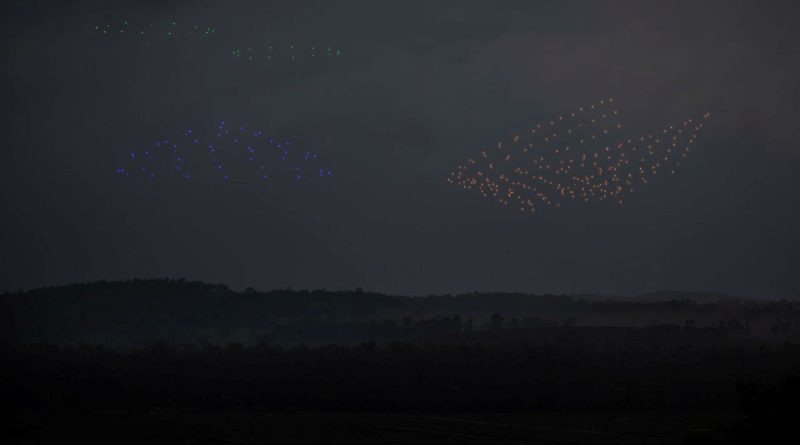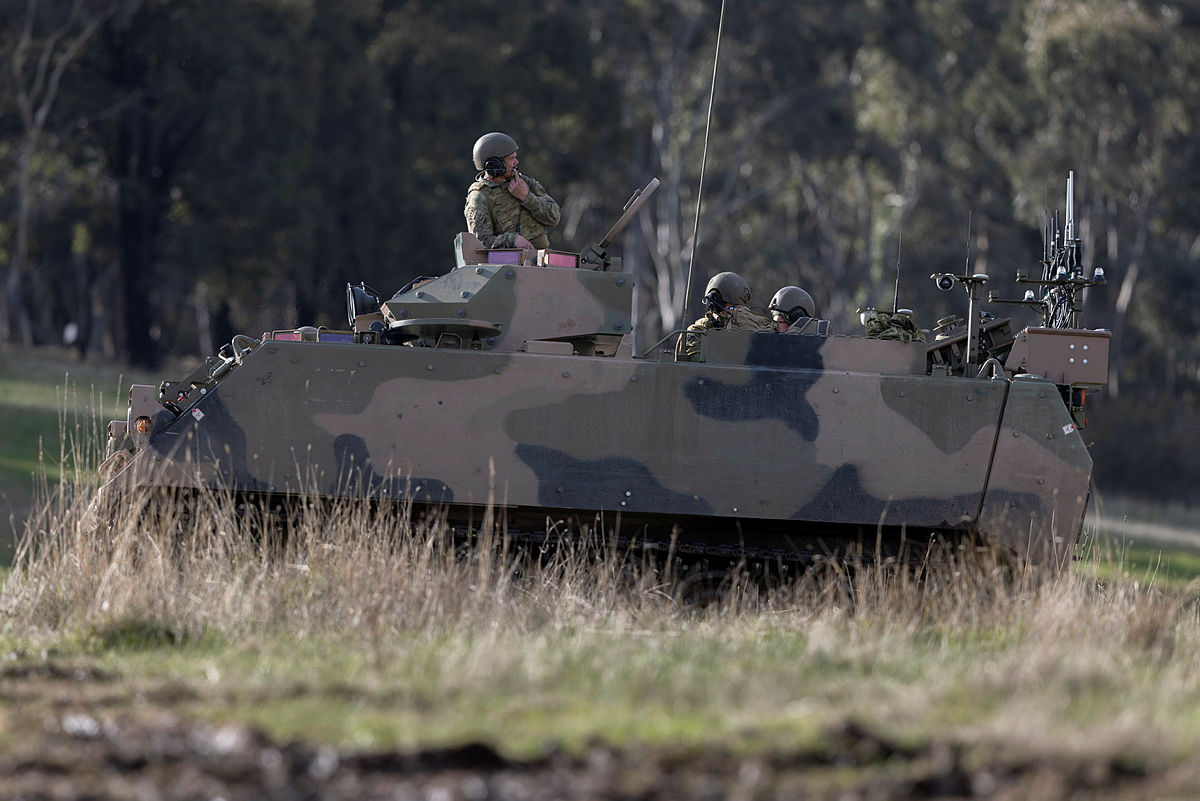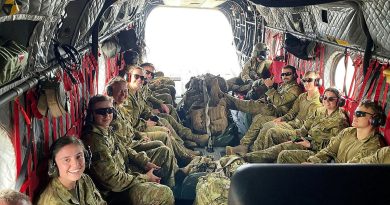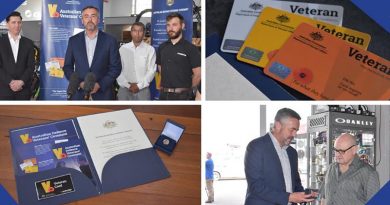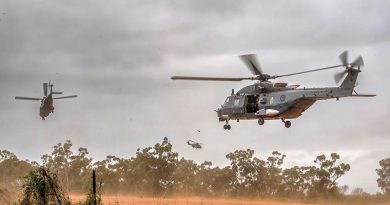A swarm of technological advances

Dozens of drones fly undetected above an enemy position feeding real-time surveillance back to the commander while he prepares a warning order.
CAPTION: Drones flying above an enemy position demonstrate in concept surveillance (green), electronic warfare (blue), and attack (orange) capabilities during a human-machine team exercise at Puckapunyal Military Area. Story and photos by Sergeant Matthew Bickerton.
This commander has a tank troop and mechanised platoon, remote-controlled combat vehicles, autonomous robots and hundreds more drones.
He deploys a second drone swarm jamming the enemy’s communications, giving them no chance of back-up for what’s coming next.
What’s being described is not science fiction, but a human-machine team demonstration that took place at Puckapunyal in June.
Army’s Robotic and Autonomous Systems Implementation & Coordination Office (RICO) was the driving force behind the demonstration.
RICO director Colonel Robin Smith said the aim was to converge several RICO projects into a simulated future warfare environment.
“The most powerful way of operating autonomy is as a human-machine team,” he said.
“We wanted to see how humans and intelligent machines can work together.”
With the enemy comms jammed, optionally crewed combat vehicles (OCCV) – enhanced M113AS4s – move into a support by fire position, uncrewed, ready to fire on the enemy with its tele-operated weapon system.
Trooper Damen Holmes, of 4/19 Prince of Wales’s light Horse, was one soldier trained on OCCV operation.
“They’re easy to operate, like driving vehicles on an Xbox,” he said.
“A crew can operate these vehicles, but then you can flip a few switches and drive it remotely.”
It was also the first time Army fired a remote weapon system from the remote-controlled vehicle.
CAPTION: Australian Army officer Captain Balazs Bauer (left) commands his team of M113AS4 optionally crewed combat vehicle operators from his command vehicle during a human-machine team exercise at Puckapunyal Military Area.
Demonstration combat team commander Captain Balazs Bauer said up to three of these vehicles could be remotely operated from a single control vehicle up to 5km away.
“These enable us to engage threats from a distance while keeping soldiers away from potential harm as well as generating combat mass for the commander,” Captain Bauer said.
The commander then releases the third swarm with more than 200 armed (simulated) drones assaulting from above.
After the drones finish assaulting, the tank troop and mechanised platoon advance, destroying what remains of the enemy.
In theory, robots operating on advanced artificial intelligence software are then let loose to clear the last 300 metres, reducing risk to soldiers.
Using image recognition and context awareness, they would identify dead, injured and surrendering enemy personnel while supported by tanks.
The robots did deploy, controlled remotely, from an uncrewed vehicle during the demonstration.
Once cleared, a convoy of autonomous, crewed and uncrewed support vehicles arrived for the back loading of casualties and resupply.
“Today was very enlightening,” Captain Bauer said.
“We have gained a better understanding of how to use these machines offensively.”
Colonel Smith said the technology would change the way Army trains and fights, improve decision-making, generate mass and scalable effects as well as reduce risk to Australian soldiers.
.
.

.
.

